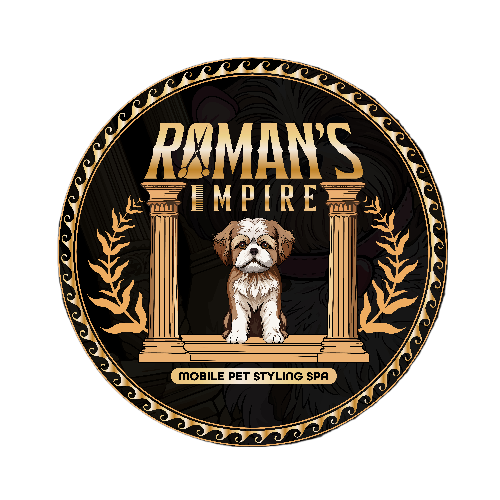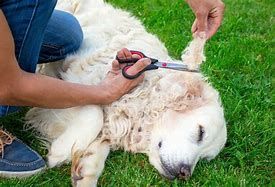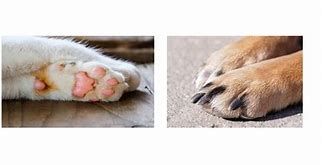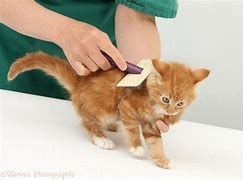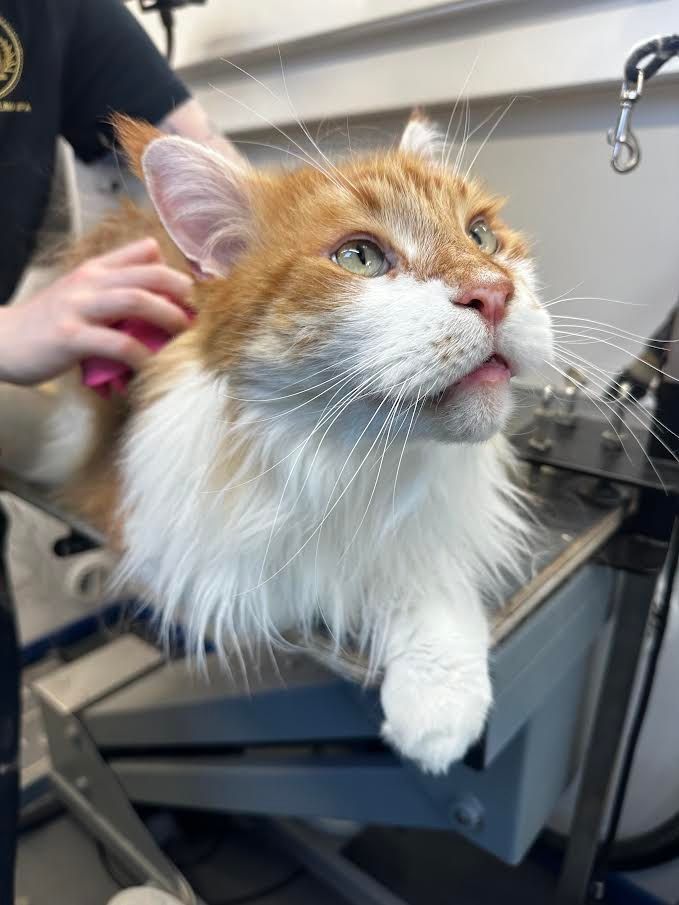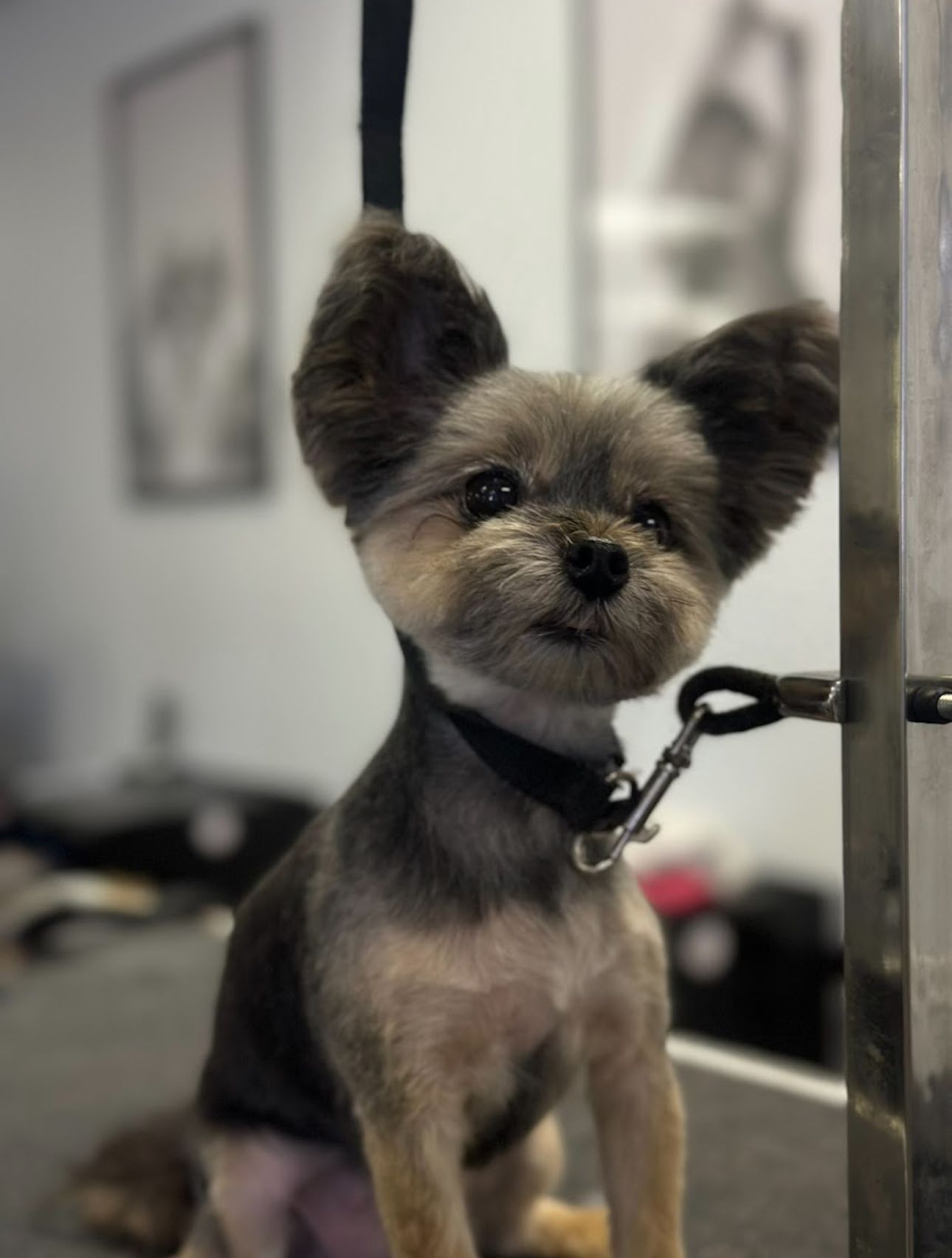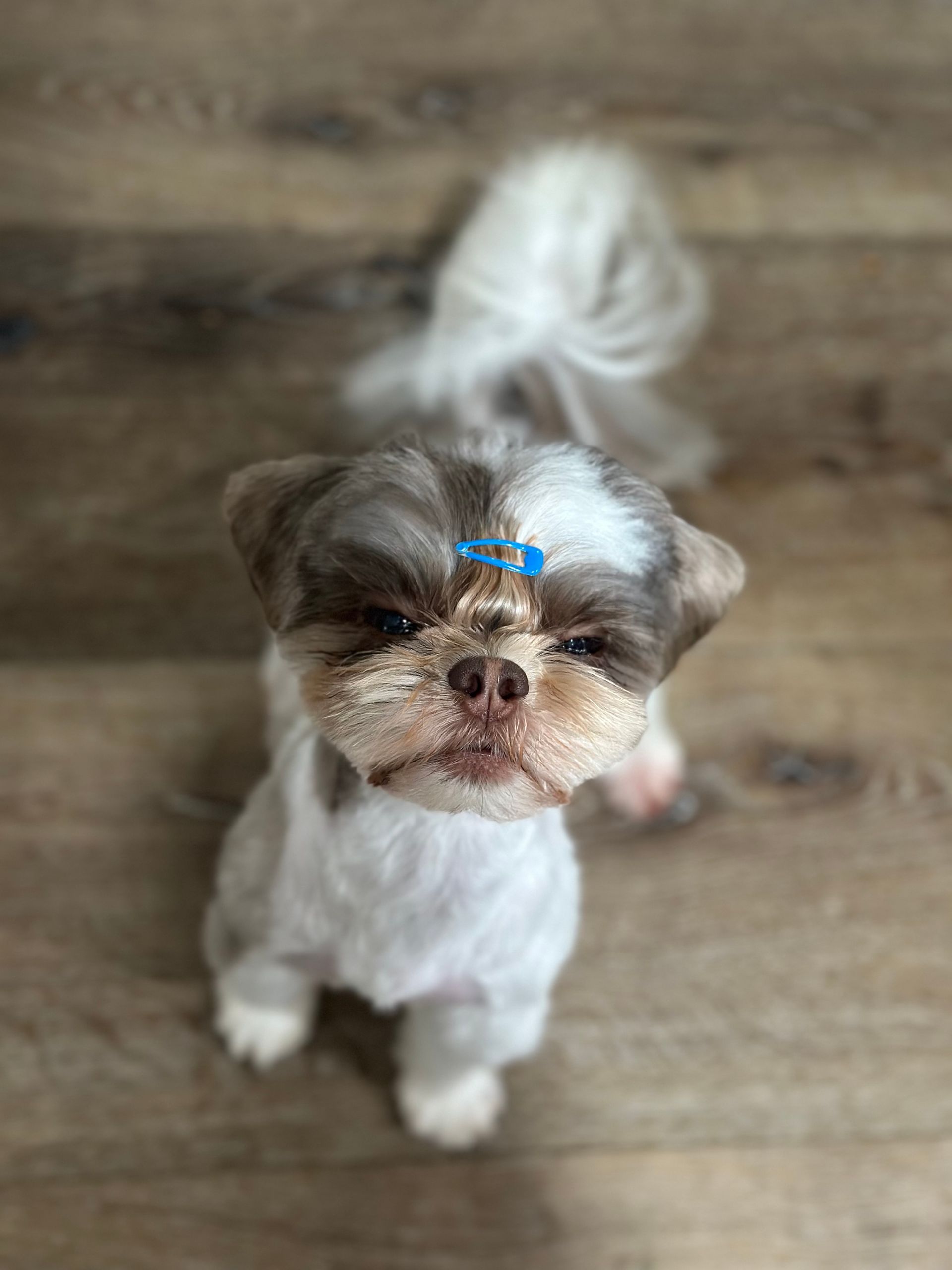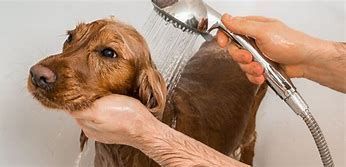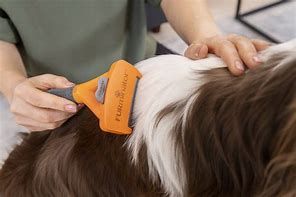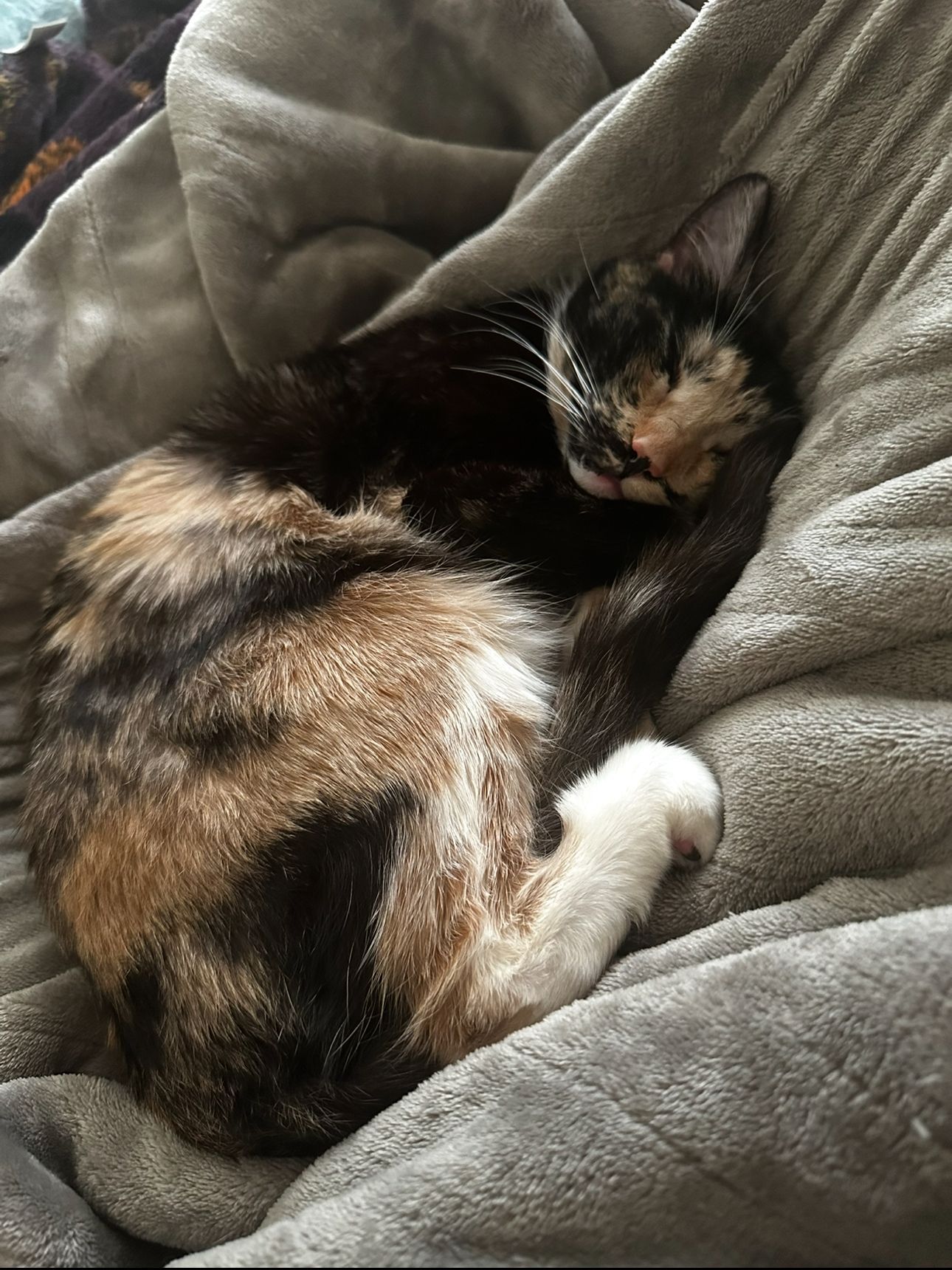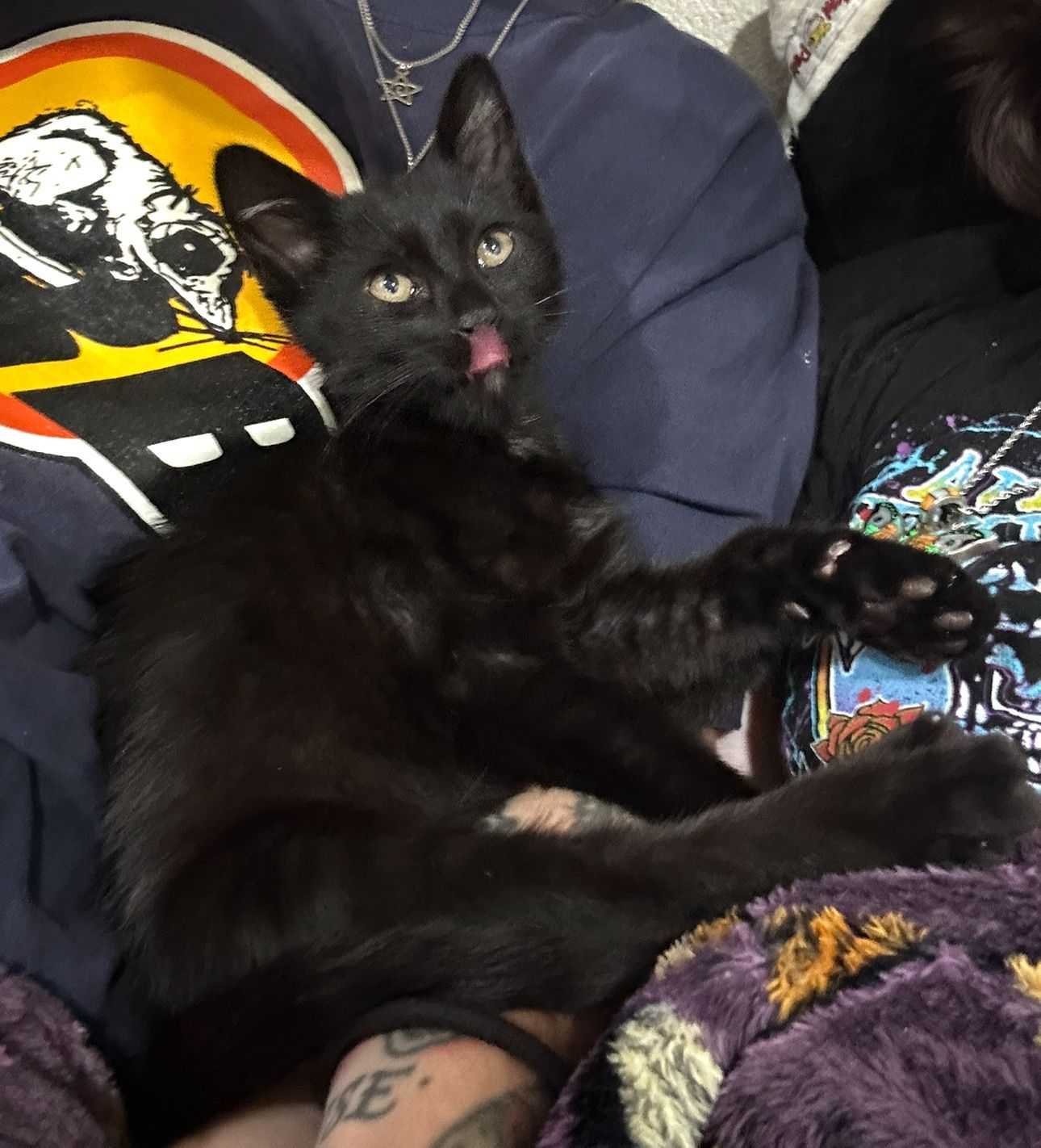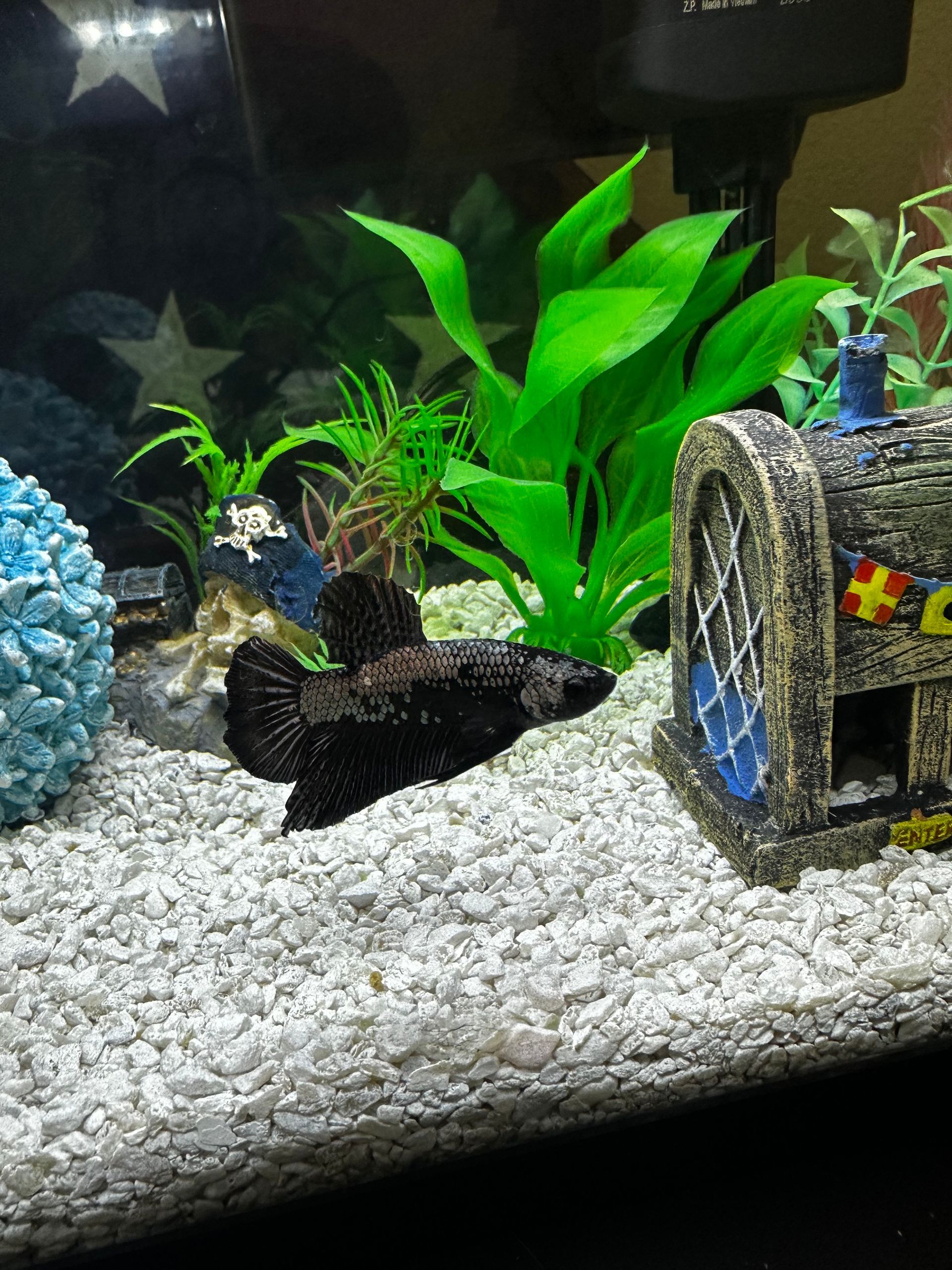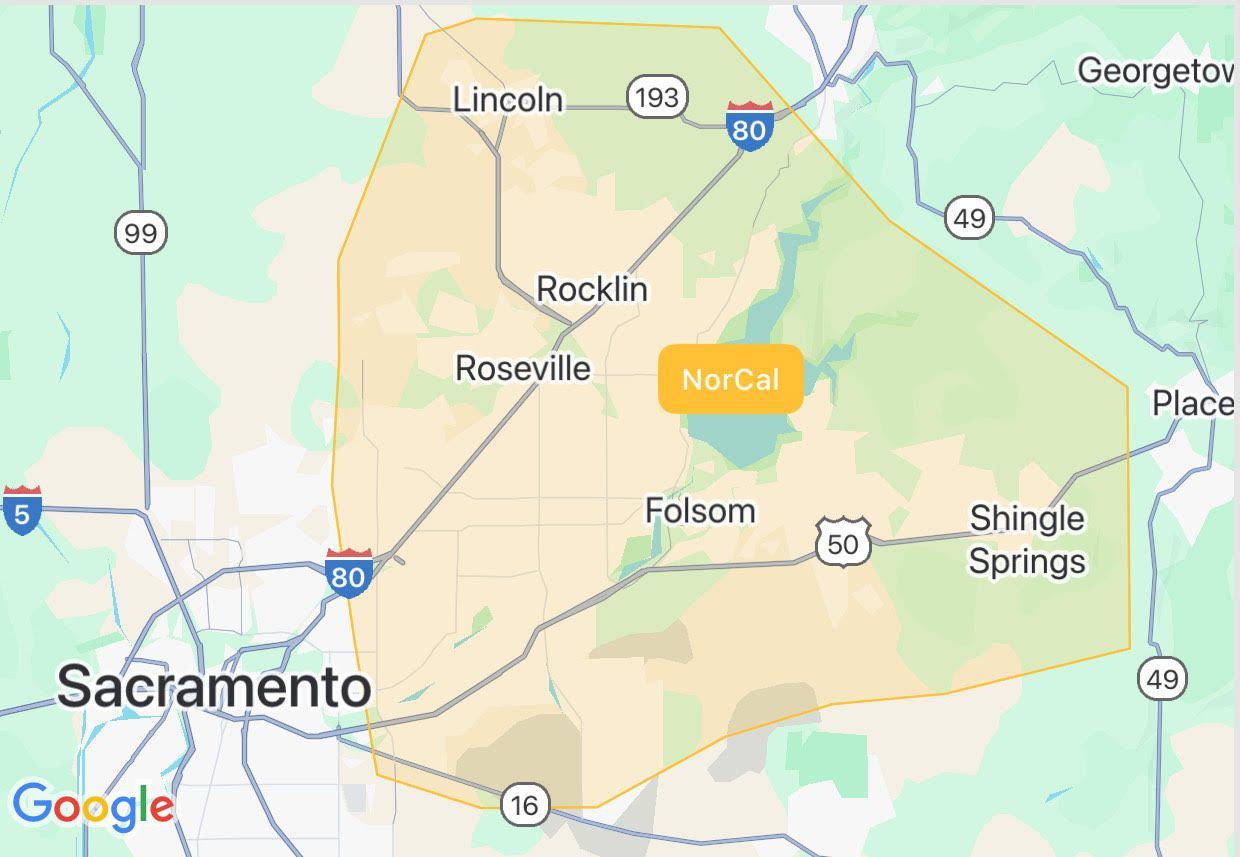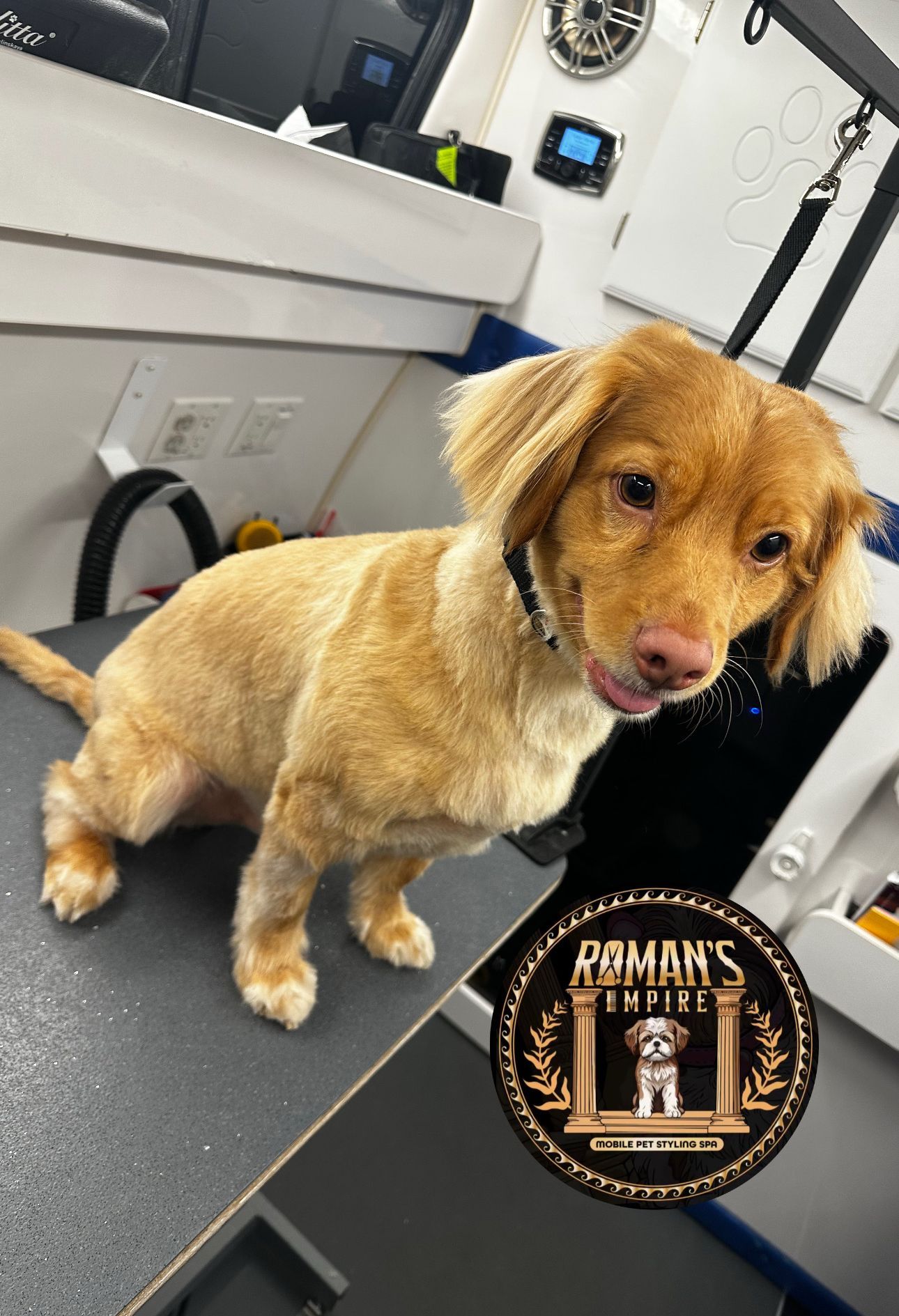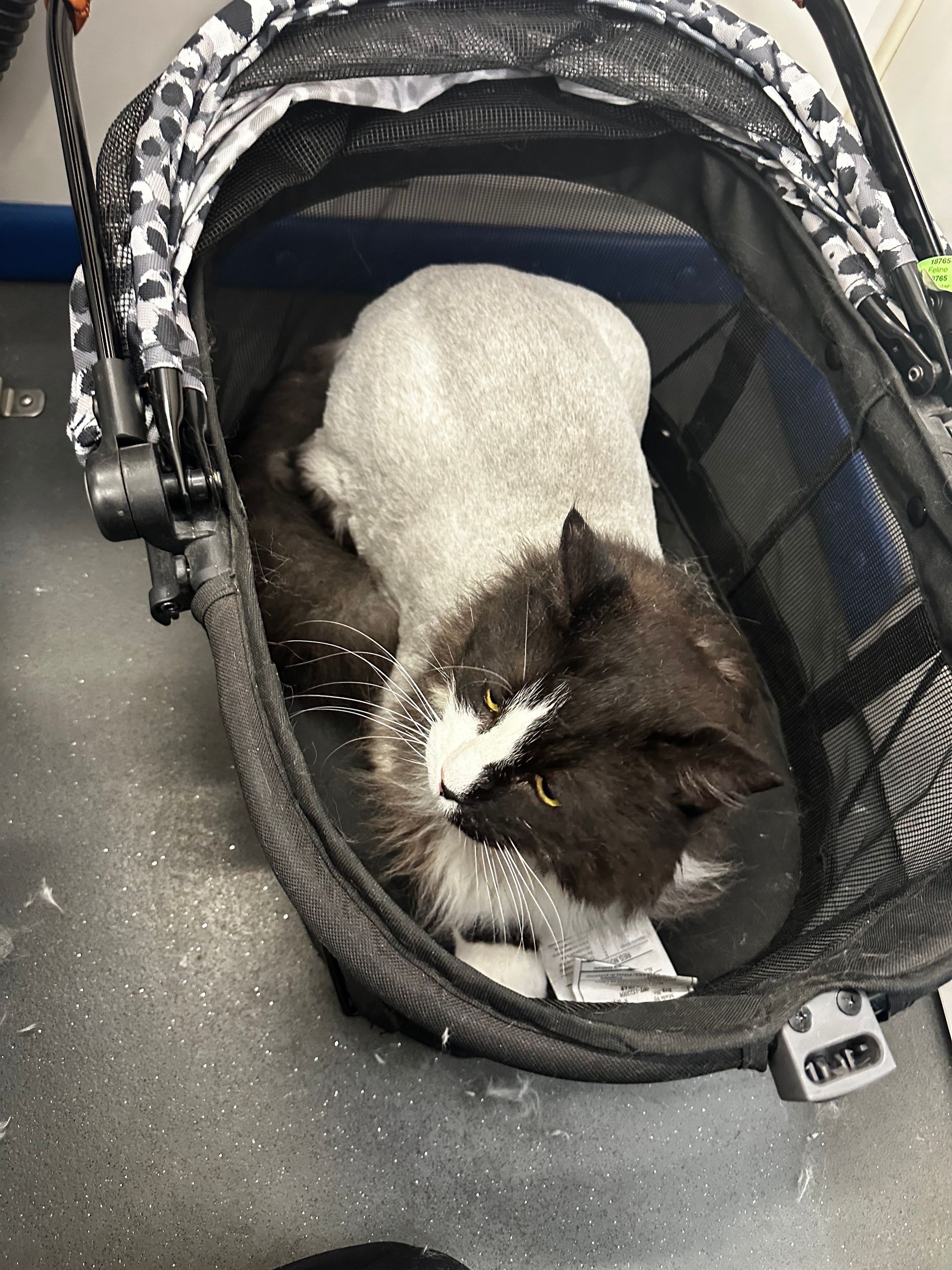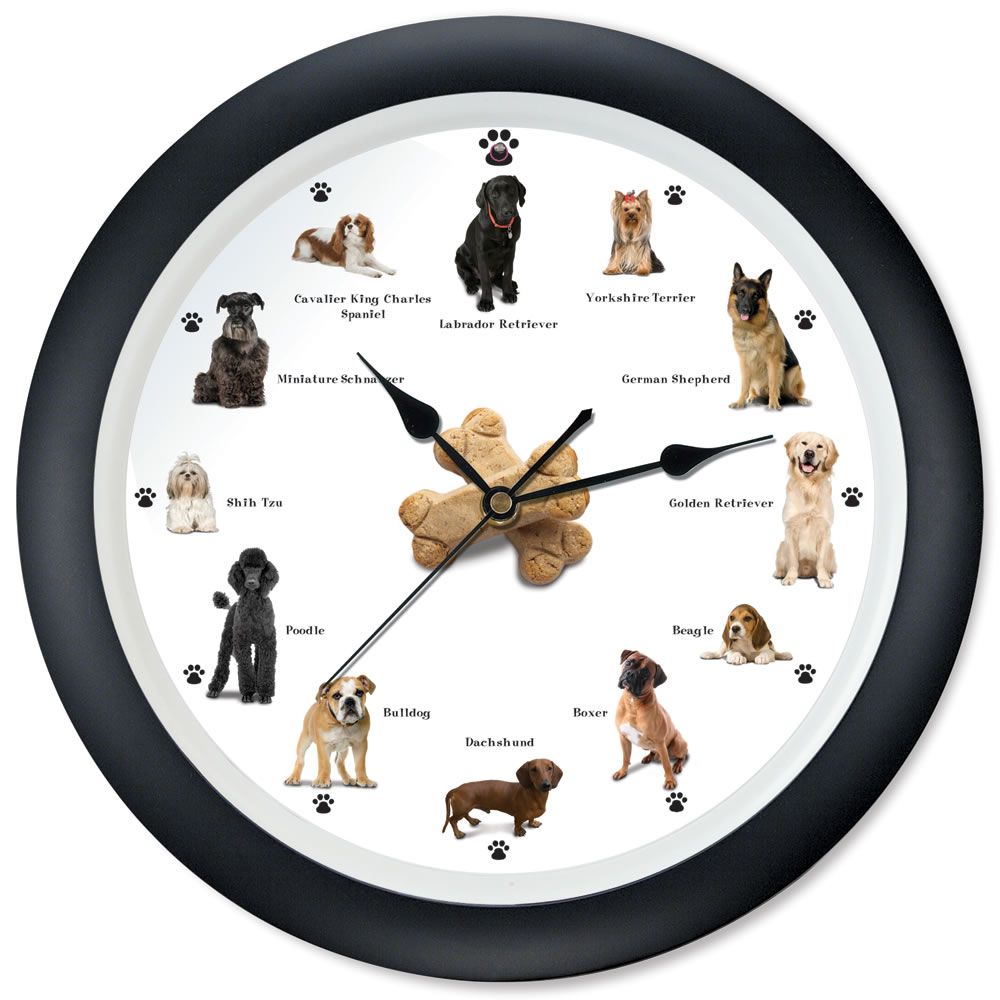What Happens When You Start Professional Grooming Later In Life
It’s not uncommon for pet parents to wait until their pet is older to begin professional grooming — sometimes due to cost concerns, scheduling challenges, or misinformation from breeders and vets. But grooming isn’t a cosmetic luxury. It’s a critical part of health care and behavioral conditioning.
Delaying grooming until a pet is at the end of puppyhood, well into adulthood or senior years can have unintended consequences — both physically and emotionally.
Grooming Is a Learned Experience
Grooming isn’t just about being bathed or brushed — it involves touch tolerance, physical handling, unfamiliar sounds, and environmental changes. Dogs and cats aren’t born knowing how to accept these things. They learn.
When dogs and cats are introduced to grooming slowly and positively from a young age, they build confidence and understanding. They become familiar with being handled, standing for extended periods, and trusting their groomer.
But when grooming begins later in life, the experience can feel overwhelming and even traumatic. What could have been a simple haircut or bath becomes a high-stress situation for the dog — and a safety risk for everyone involved.
The Consequences of Infrequent and Missed Professional Grooming in Puppyhood
Many well-meaning owners delay professional grooming until their puppy “needs a haircut” or is “old enough to handle it”—but by then, it’s often too late to set them up for success.
Puppyhood isn’t just about age—it’s about neurological development and emotional imprinting. The earlier grooming is introduced professionally and consistently, the more neutral or even positive the dog’s lifelong relationship with it can be.
Here’s what happens when grooming is put off until the middle or end of puppyhood (5–8 months and beyond):
1. The Fear Window Closes
Puppies go through a critical period of socialization (roughly 3–16 weeks old) where new experiences are processed with curiosity, not fear. After this window, new stimuli are met with more caution or anxiety. This includes clippers, dryers, handling, restraint, and more.
2. The Dog Learns Panic, Not Patience
If their first experience is a full groom under urgent or matted conditions, the puppy may associate grooming with discomfort, confusion, or fear. These associations stick—and often escalate into long-term grooming issues like aggression, trembling, or shutdown behavior.
3. Mats Happen—and That Changes Everything
When grooming is delayed, many puppies develop mats. That means their very first groom becomes not just long and stressful, but physically uncomfortable or even painful—even when done as gently as possible. Now grooming is not just new, it hurts. That memory doesn’t fade easily.
4. They Miss the Chance to Learn Cooperative Skills
A dog that starts young can gradually learn to stand still, tolerate noise, accept paw handling, and engage in cooperative care behaviors. A dog that starts later often has no such skills and instead needs to be managed, restrained, or rushed through, which creates even more fear.
5. Future Grooms Become Riskier
Delayed introductions often lead to:
- Increased injury risk (from panicked movement or resistance)
- Longer appointments, which increase stress
- A lower tolerance for necessary grooming tasks
- More behavioral challenges for the rest of the dog’s life
In short? Waiting to groom your puppy until they “need it” is like waiting to teach a child to brush their teeth until they have cavities. You’ve missed the preventative, gentle window—and now it’s about fixing damage, not building confidence.
But when you start early and stay consistent, grooming becomes second nature—just another part of life your dog understands and accepts.
For more on this, learn how confidence is built in the grooming salon during puppyhood. Yes, even for doodles. Especially for doodles. To learn more about the misinformation you probably believe about your doodle, we recommend exploring our post debunking misinformation from breeders.
What About Cats? Why Early Grooming is Even More Crucial
While the above applies to cats as well, it's crucial to understand the differences. Unlike dogs, cats aren’t domesticated with routine handling in mind. Their tolerance for touch—especially from strangers—is far more limited and tends to decrease with age. When you wait until a cat is older to start grooming, you’re working against an invisible clock: their patience, stress thresholds, and physical agility can all sharply decline, even if they seem healthy otherwise. Grooming isn’t just about appearance—it’s about long-term tolerance, and for cats, that's a fragile resource.
Starting grooming early helps kittens build familiarity with bathing, drying, brushing, and being handled in less familiar ways. When introduced during kittenhood, these experiences feel more like routine and less like trauma. But when a cat’s first groom is at 2, 4, or even 10 years old, the stress can be intense—for them and for the groomer.
At Roman’s Empire, we approach feline grooming with gentleness, brevity, and respect for each cat’s emotional window. If you wait too long, that window may never open again.
Related Post: Why Mobile Grooming is Best for Cats
Behavioral Red Flags Are Misunderstood
Late-start grooming often leads to mislabeling dogs as “aggressive” or “difficult.” In reality, the dog may be scared, in pain, or confused — not inherently reactive. But without the gradual desensitization and relationship-building that early grooming provides, they have no frame of reference for what’s happening or why.
This not only puts the pet at risk of trauma, but it unfairly places blame on the groomer or the dog when the real issue is a lack of grooming foundation.
It’s Not Just a Haircut — It’s a Physical Workout
Grooming is physically taxing. It requires dogs to stand, dogs and cats must shift positions, tolerate brushing, clipping, drying, and trimming. That’s a lot for senior pets, pets with hidden medical conditions like heart murmurs, arthritis, or early neurological decline, or pets that were introduced to grooming later in life.
Even if your pet looks healthy, starting grooming later in life increases the likelihood of stress responses, fatigue, and physical distress — not because the grooming caused it, but because the dog wasn’t conditioned to handle it.
This ties into: More Than a Pet Wash: What Professional Grooming Actually Involves
Age Brings Physical Sensitivities
Just like people, animals become more sensitive as they age. Muscle tension, joint stiffness, declining eyesight, and lower stamina all impact how they tolerate grooming. Some pets develop neurological changes or chronic pain that affect their ability to be still, stand, or accept touch without discomfort.
This means that even a pet who was once “fine” at the groomer might suddenly begin to struggle. And a dog or cat who’s never been professionally groomed before may not have the resilience or conditioning to safely adapt to it.
For more on this, see our post: Correlation Isn’t Causation: Why Grooming Can Reveal or Exacerbate Preexisting Conditions
At Roman’s Empire, we take our time and prioritize compassionate, fear-free handling — but we can’t undo a lifetime of inexperience in a single session, even in multiple.
It’s Never Too Early — But It Can Be Too Late
Grooming early in life isn’t about style — it’s about conditioning. Just like training, veterinary handling, and socialization, grooming needs to be introduced with care, consistency, and compassion.
Waiting until a dog or cat “needs it” can backfire. What was once preventable becomes a behavioral or health challenge, and pets who could have enjoyed regular grooming may end up unable to safely receive it in the later stages of life. See the dangers of aggression and unruliness in the salon for more and why shaking or resistance is a normal response for even seasoned pets with grooming experience.
Our Gentle Approach at Roman’s Empire
We work with dogs and cats at all stages of life, but we’re always honest about what’s realistic — especially for pets just beginning their grooming journey late in life. We prioritize safety, respect boundaries, and never force any pet through services they aren’t ready for.
Still, we encourage pet parents to start young — not for our sake, but for their pets’. Grooming should be part of a lifelong wellness plan, not a last resort.
Explore our
cooperative care approach
for more.
